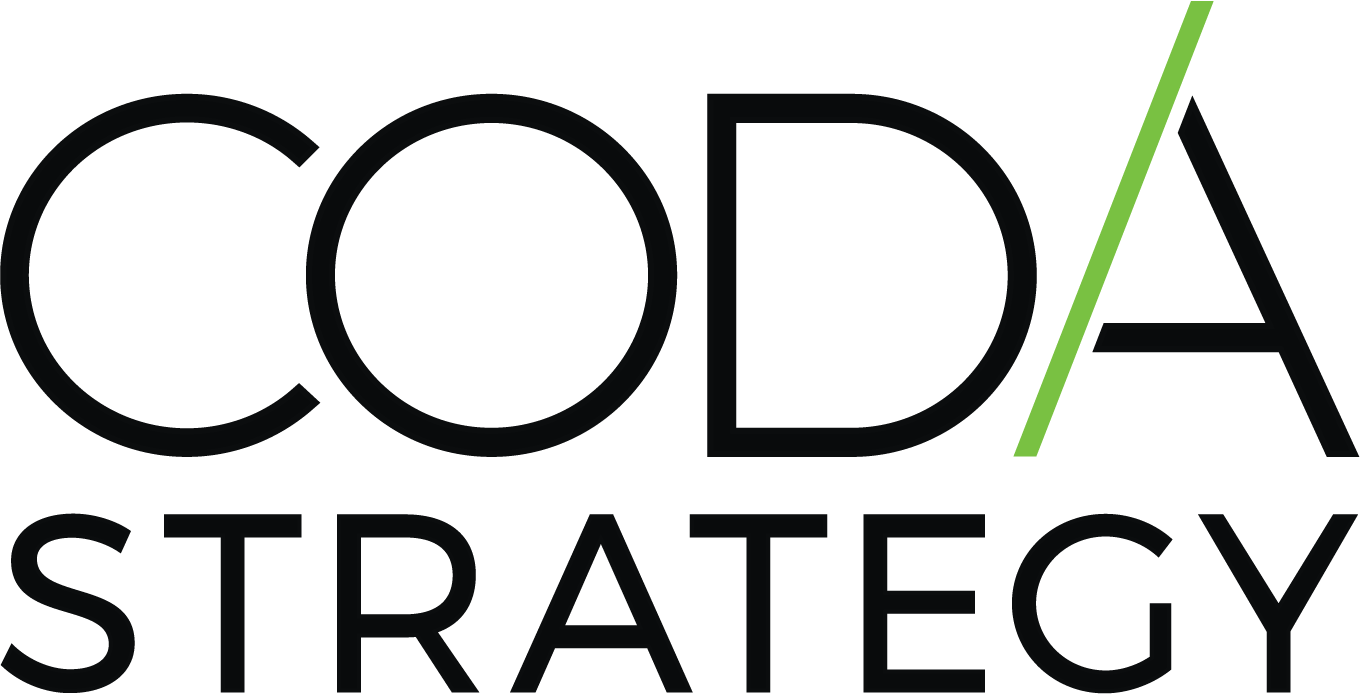
Creating a budget proposal for real-time customer data initiatives goes beyond simply outlining costs—it’s about demonstrating the value of leveraging data for smarter decision-making and business growth. When pitching to management, you need more than numbers; you need a clear narrative that connects these investments to measurable outcomes. A well-crafted proposal not only highlights immediate expenses but also showcases long-term ROI, ensuring that leadership understands how real-time data can drive customer engagement, optimize marketing efforts, and ultimately, boost revenue.
Explain Real-Time Customer Data’s Transformative Impact
Utilizing a Real-Time Customer Data Platform (CDP) empowers your business to consolidate customer information from various sources into cohesive profiles instantaneously. These actionable profiles enable personalized and targeted interactions across all customer touchpoints, enhancing the overall customer experience. The platform also supports segmentation and activation, allowing you to explore solutions for data ingestion and efficiently deliver relevant content and offers based on up-to-the-minute customer insights.
Highlight Elevating Customer Satisfaction with Real-Time Data Magic
The demand for immediacy and personalization in customer interactions has never been higher. Real-time data allows you to tailor engagements precisely when customers interact with your business, turning every touchpoint into a customized experience. This approach not only anticipates their needs but also strengthens trust and loyalty. According to ANS Group Limited, 58% of enterprises have seen increased customer retention and loyalty after implementing real-time analytics. Leveraging these insights can significantly boost customer satisfaction and give your business a competitive advantage.
Revolutionizing Operations Through Real-Time Insights
Real-time customer data can be a game-changer when it comes to identifying and addressing inefficiencies within your operations. By responding swiftly to customer needs and automating routine tasks, you can reduce redundancies and minimize errors, leading to significant cost savings. This data-driven approach not only improves productivity but also enhances decision-making, cutting down on waste and boosting overall efficiency. As a result, your business becomes more profitable and competitive in the market.
Building an Impactful Budget Proposal with Stakeholder Insights
To ensure your budget proposal resonates with management, it’s essential to conduct stakeholder interviews. These interviews help you understand the expectations and perceived value stakeholders associate with real-time data initiatives. By asking open-ended questions, you can gain valuable insights that align your proposal with their priorities. This alignment not only increases the likelihood of approval but also facilitates better communication and strategic planning. Involving stakeholders early fosters trust and a sense of ownership, which is crucial for successful project execution.
Achieving Cohesive Budget Proposal Alignment with Key Stakeholders
Identifying and understanding the requirements of key stakeholders within your organization is vital for crafting a budget proposal that meets their needs. Involving staff members, board representatives, and program managers ensures a more accurate budget that aligns financial objectives with broader organizational goals. This collaboration fosters a sense of unity and shared purpose, helping you uncover potential issues early and ensuring your budget plan remains responsive to stakeholders’ needs.
Scalability with Real-Time Data Initiatives
To convey the scalability of your initiatives effectively, present a structured investment plan that aligns with forecasted business growth. Outline phased investment requirements and demonstrate how initial costs will be recouped through greater efficiencies and revenue as the initiative scales. Highlight how real-time data processing allows you to respond swiftly to customer behavior, providing a competitive edge. By mapping out these investments against anticipated growth, you showcase the initiative’s immediate value and its potential to transform customer engagement over time.
Maximizing Financial Gains with Real-Time Data for Your Budget Proposal
A thorough cost-benefit analysis is crucial to persuade management of the financial viability of real-time customer data initiatives. By evaluating the potential financial benefits, such as significant gains over a few years, you can illustrate the substantial return on investment these solutions offer. Enhanced decision-making speed, improved operational efficiency, and superior customer experiences drive revenue growth, ensuring a sustainable competitive edge. Presenting these insights convincingly argues the strategic importance of investing in real-time data technologies.
Securing approval for a real-time customer data initiative depends on your ability to align the budget proposal with the broader business goals. By clearly illustrating how the investment will lead to tangible improvements in customer engagement, operational efficiency, and revenue growth, you create a compelling case for leadership to move forward. Presenting the potential return on investment in both financial and strategic terms will solidify the value of the initiative, leaving management with the confidence that this data-driven approach is not just an expense, but a pivotal step toward future business success.
Step into the digital age with Coda Strategy, the independent consultancy that specializes in building digital strategies, optimizing enterprise architecture, and revolutionizing processes with intelligent automation.






